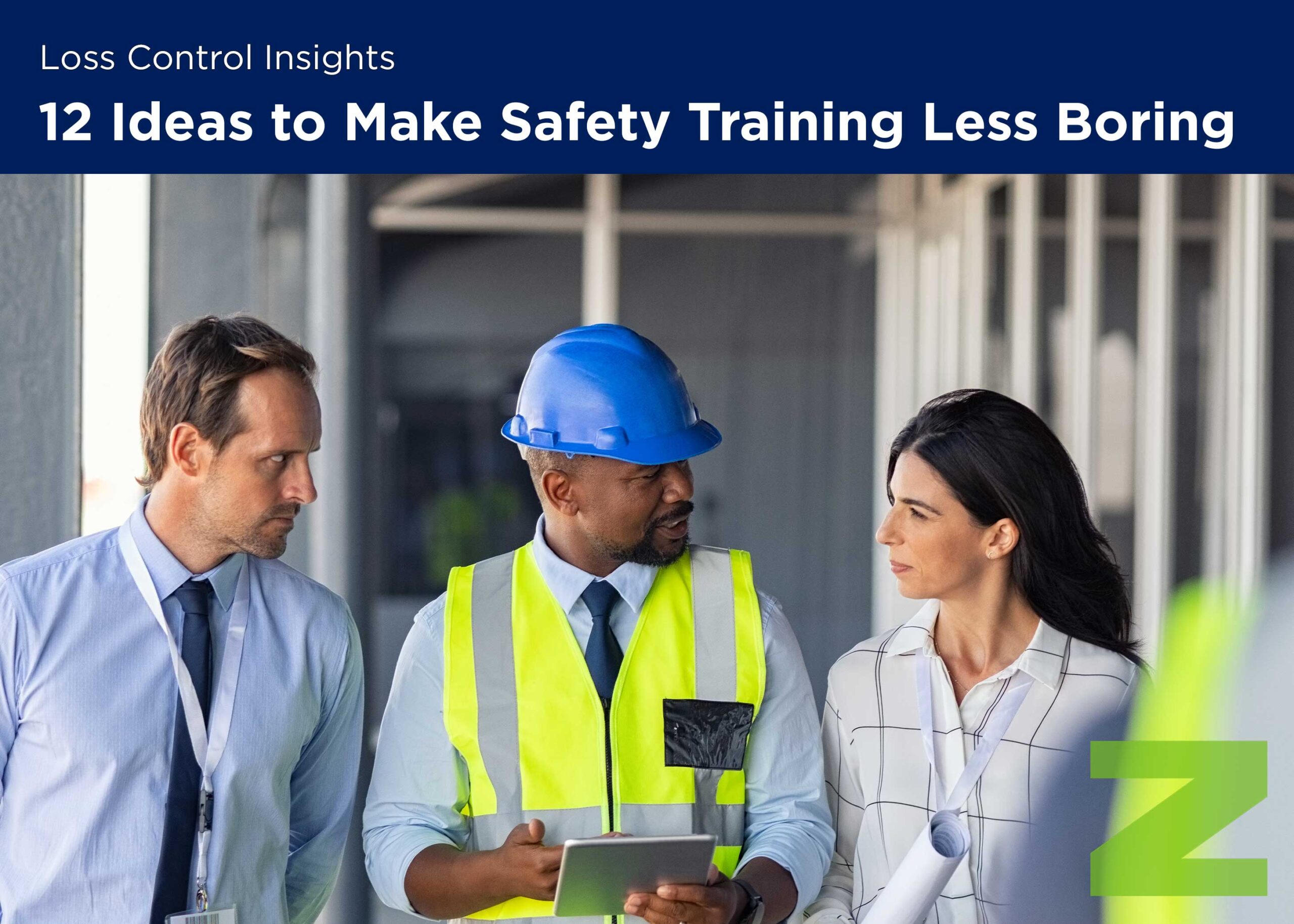According to the National Safety Council, nearly one in four vehicle accidents involves backing. When considering how much distance is covered each day by backing vehicles, as compared to those moving forward, the frequency of backing accidents is quite staggering. Backing accidents cause approximately 500 deaths and 15,000 injuries each year in the United States. Many backing accidents also cause property damage, whether to the vehicle being driven, another vehicle, a sign, a building or other object. Fortunately, drivers can take several precautions to reduce their risk of backing accidents.
Preventing Backing Accidents
Using the following techniques may reduce the risk of being involved in backing accidents:
- Always think ahead. The best way for drivers to prevent backing accidents is to put themselves in situations where backing is not required. For example, drivers should pull through a parking spot instead of backing, if a parking lot is set up in a way that allows for this. Backing can be tough, especially in tight or busy spaces, so avoiding it as much as possible is beneficial.
- Park defensively. If pulling through the parking spot is not possible, the next best option is to choose an easy-enter, easy-exit location. For example, at most public places vehicle and pedestrian traffic are heaviest directly in front of the building entrances and exits. To reduce backing risk, drivers should park in an area where fewer vehicles and fewer pedestrians are located. Drivers should also avoid backing into traffic or around blind corners, as these tasks often increase the chance of an accident.
- Remember that every backing situation is different. Even if the driver visits the same locations multiple times each week, he or she should never assume the conditions encountered in one day will be the same as those experienced during previous visits. Instead, drivers should stay alert, always looking for changes in parking area setup and, most importantly, changes in behaviors of pedestrians and other drivers.
- Perform a vehicle walk-around. Prior to leaving a location, walk around the vehicle’s backing area looking for obstructions such as potholes, pedestrians, low-hanging trees or muddy areas. After checking for hazards, the driver should enter the vehicle and start backing as soon as possible, leaving little time for new obstructions to appear. Some organizations require their drivers to place a cone behind the vehicle, ensuring that the driver will check behind it before backing.
- Concentrate on the backing task. Drivers should not allow themselves to become distracted during the backing task, or while operating a vehicle at any other time. Avoid distractions such as cell phones, radios or food while driving.
- Use a spotter when possible. If a passenger is riding along in the vehicle, he or she can be a spotter for the driver. Alternatively, if the driver is making a delivery to a customer site, he or she can ask one of the customer’s employees to assist while backing. This is beneficial especially if backing conditions are less than ideal, such as in areas with fixed obstructions such as retaining walls, low hanging canopies, light fixtures or wires. Always make sure the spotter is at least eight feet away from the backing vehicle. The spotter should use hand signals rather than verbal cues when assisting the driver. Agree on hand signals ahead of time to avoid miscommunications.
- Know the location of blind spots. Remember that mirrors never give a driver a full picture when backing. In a medium-sized truck, blind spots can extend more than 15 feet in front of and behind the vehicle. Even a small passenger vehicle has blind spots, making it critical to perform a walkaround prior to backing. Some organizations have started to install rear-vision camera systems in vehicles to eliminate rear blind spots, while others install backup alarms that are activated when the vehicle is in reverse. Another good idea is to require drivers to tap the horn a few times to alert others that the vehicle is about to move.
- Back slowly and with caution. Backing slowly allows the driver to stop quickly, if necessary, and can minimize the amount of damage, should a collision occur.
- Practice, practice, practice. If drivers find themselves having difficulty with vehicle backing, find an empty lot where they can practice. Set up cones in the area to represent the location of other vehicles and fixed objects.
- Provide employee training. If backing situations are a concern for your drivers, make sure they know they can talk to management about the situation. A proactive, companywide training program that reviews backing techniques, hazard awareness, hand signals for spotters and other related topics is a benefit to every organization.





